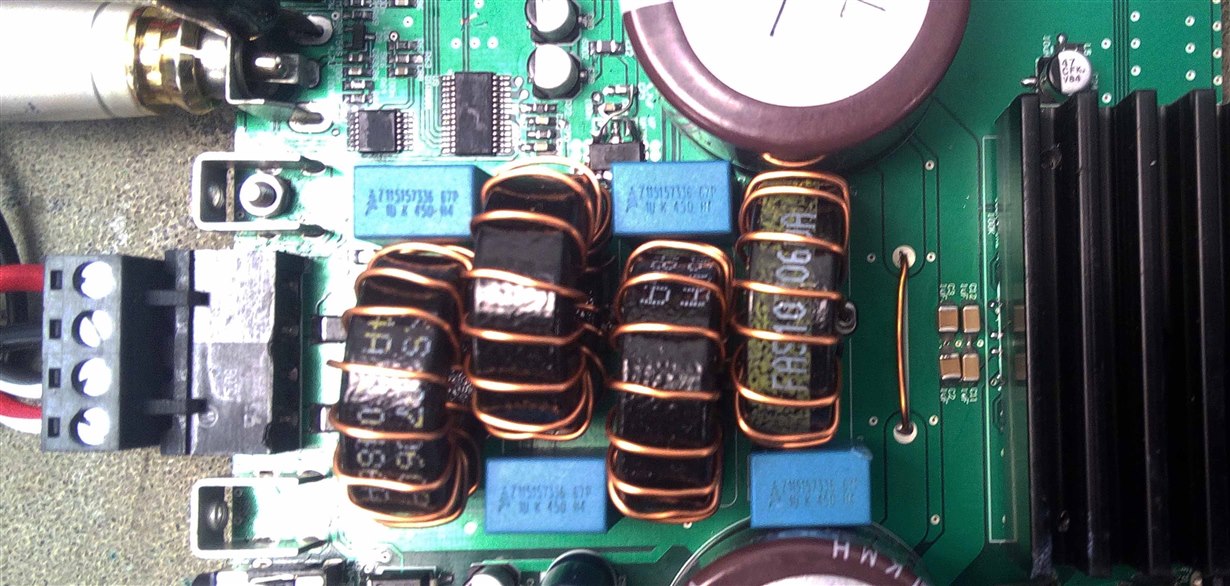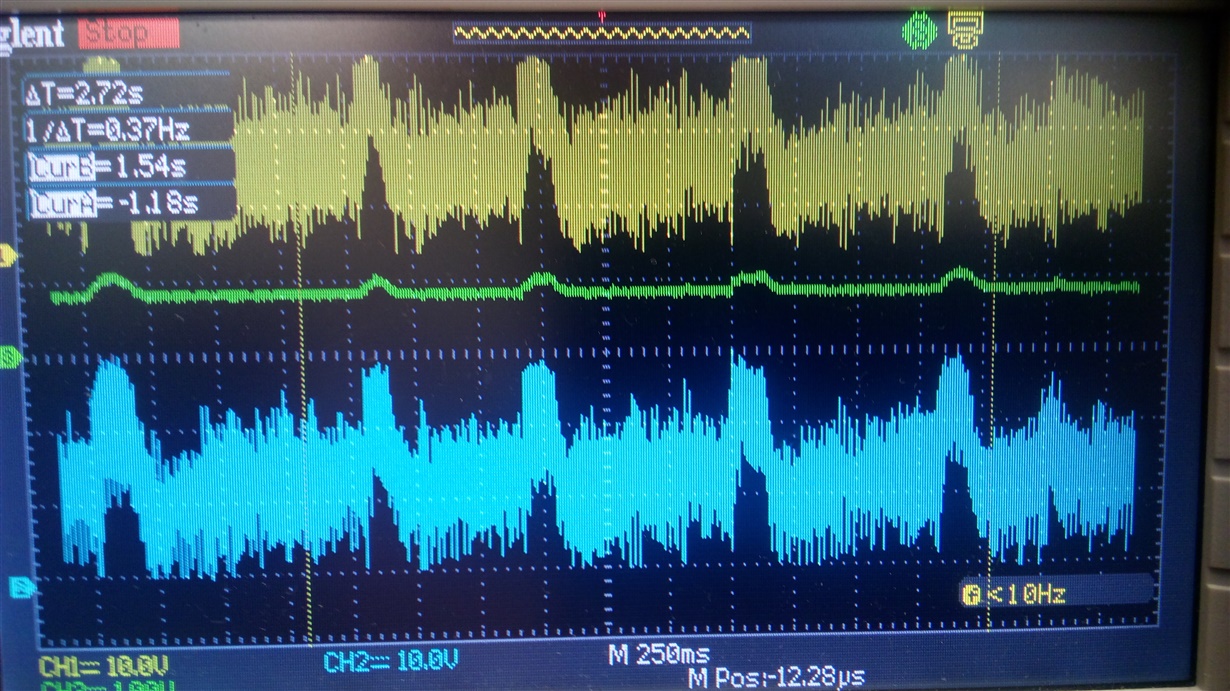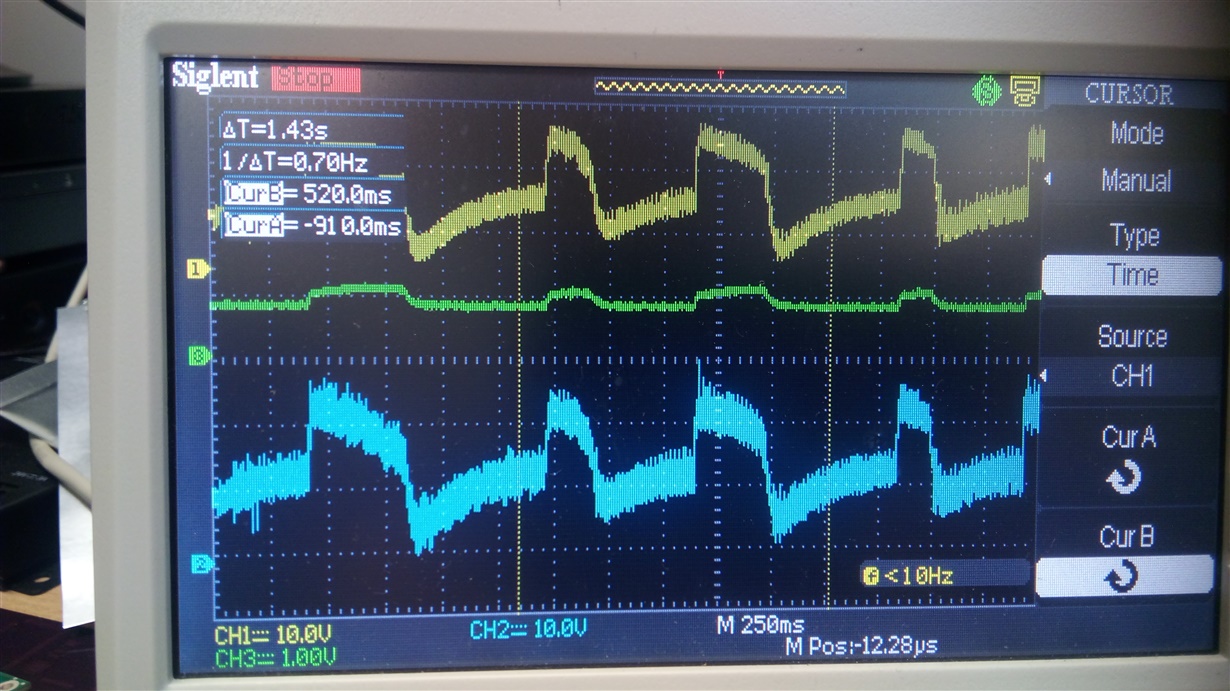Other Parts Discussed in Thread: TPA3251,
From 4 sample devices - running BTL mode - channels C and D, exhibit an instability when loaded - typical 4 - 8ohm. The internal AVDD reference seems to becomes unstable - outputs pulse ever closer to clipping, even when signal is no where near clipping. When C & D are unloaded, Channels A & B work to specification - and into clipping without any problem. The instability occurs with 0.5V - 2V input signals, and at any PVDD Supply voltage from 30V - 51V.
I changed the IC to the pin for pin lower power device: TPA3251 operated at PVDD @ 32V and the problem does not occur on this device!
Have followed the component values and PCB layout as recommended in the device specifications..
Are you aware of any problems with the TPA3255 device that would cause this issue?





